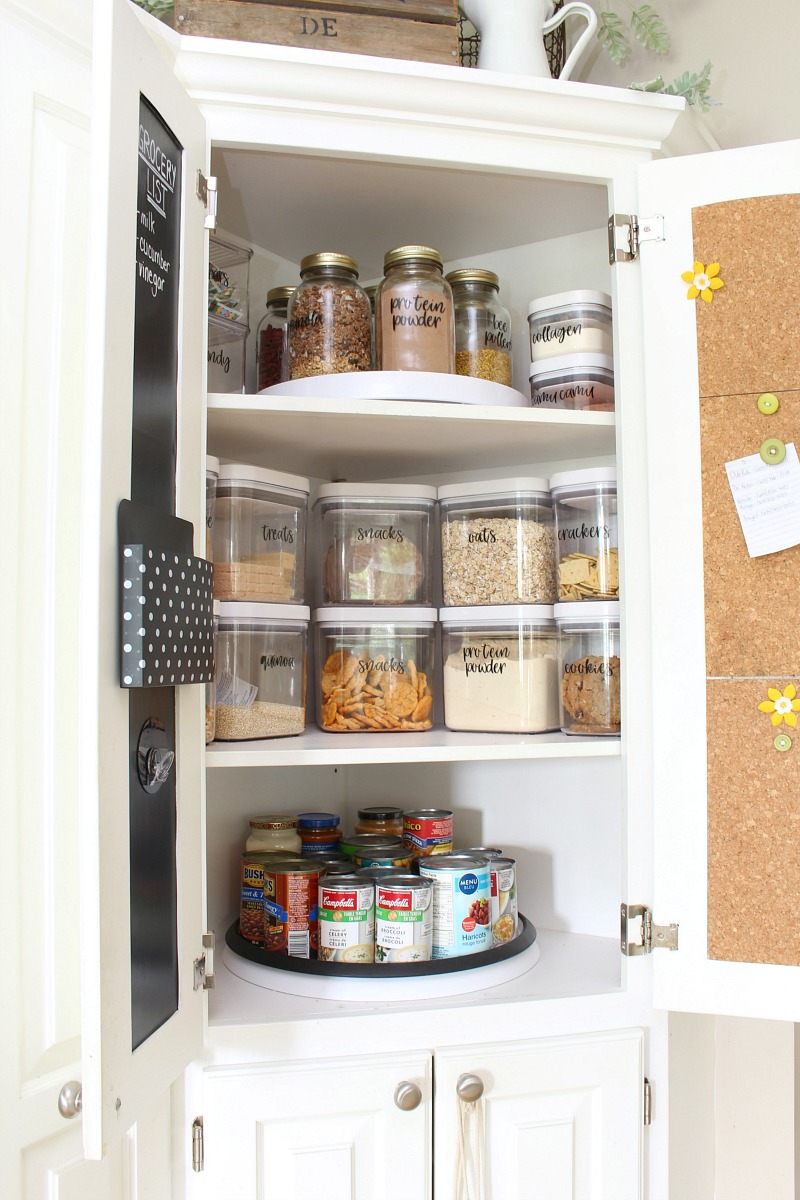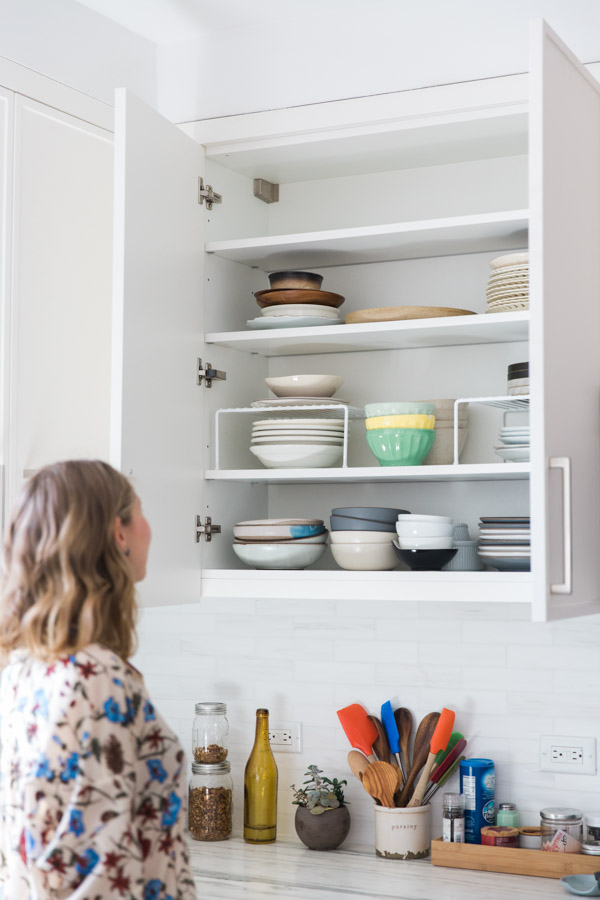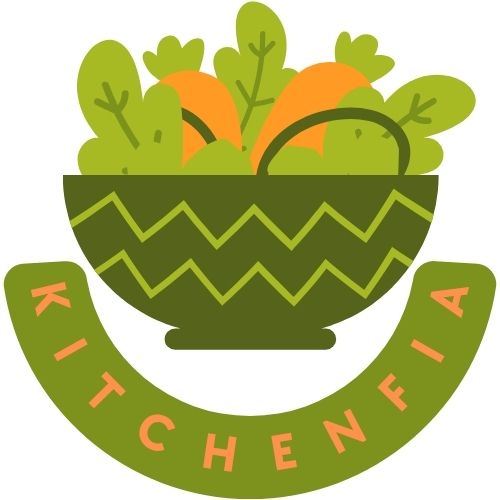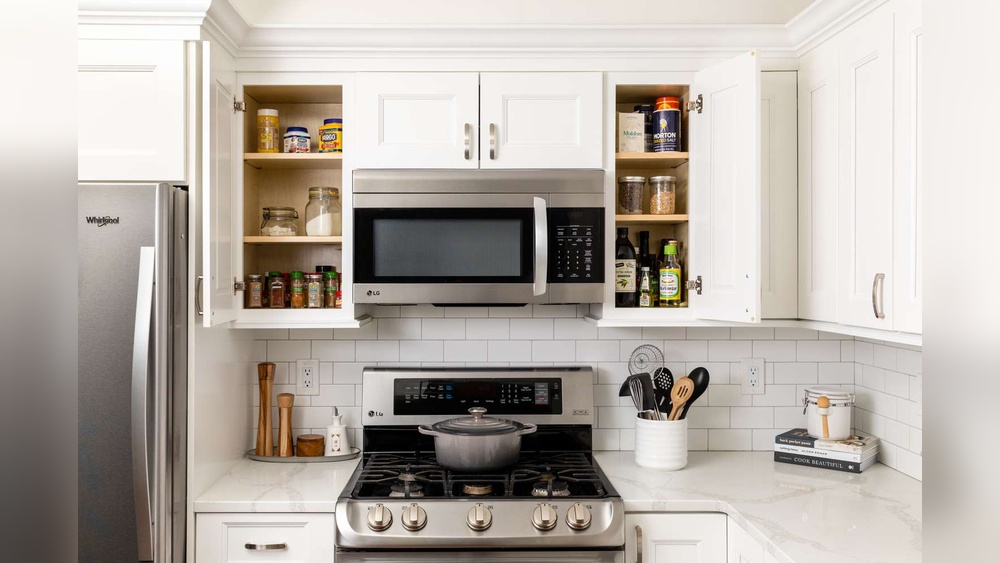Are you tired of digging through cluttered kitchen cabinets every time you cook? Imagine opening your cabinets and instantly finding exactly what you need—no frustration, no wasted time.
Organizing your kitchen cabinets isn’t just about neatness; it’s about making your daily routine smoother and more enjoyable. You’ll discover simple, practical steps to arrange your kitchen cabinets efficiently. From creating smart zones based on how you use your kitchen to clever storage hacks that maximize space, you’ll learn how to transform chaos into calm.
Ready to make your kitchen work for you? Keep reading and unlock the secrets to a perfectly organized kitchen!
Create Kitchen Zones
Cooking Area Setup: Store pots, pans, and utensils near the stove. Keep spices and oils within easy reach. This saves time while cooking and reduces clutter.
Cleaning Station: Place plates, bowls, and glasses close to the dishwasher or sink. Store dish soap, sponges, and cleaning cloths nearby. This makes cleaning fast and simple.
Food Prep Space: Keep cutting boards, knives, and mixing bowls near the counter. Store plastic wrap, baggies, and measuring cups close by. This helps prepare food quickly and smoothly.
Arrange By Frequency
Daily use items should be placed in the easiest-to-reach cabinets. These include plates, cups, utensils, and cooking tools you use every day. Keeping them close to your main work areas saves time and effort.
Occasional use storage is best kept in higher or lower cabinets. Items like large pots, seasonal dishes, or special appliances fit here. This keeps the main cabinets uncluttered and your kitchen organized.
Sort By Item Type
Heavy items like pots and pans go in lower cabinets. This keeps them safe and easy to lift. Light items such as plates and cups fit well in upper cabinets. These spots are easy to reach without strain.
Place appliances near where you use them most. For example, keep the toaster close to a power outlet. Store the blender near the food prep area. This saves time and keeps counters tidy.
| Item Type | Best Cabinet Location | Reason |
|---|---|---|
| Heavy items (pots, pans) | Lower cabinets | Easy to lift and safer |
| Light items (plates, glasses) | Upper cabinets | Easy to reach |
| Small appliances | Near use area | Saves time and space |

Maximize Cabinet Space
Shelf risers and tiers help use vertical space inside cabinets. They let you stack items without making a mess. Use risers for cups, plates, or canned goods. Tiers work well for spices or small jars.
Vertical dividers keep cutting boards, baking sheets, and trays upright. This saves space and makes items easy to find. Arrange dividers to fit the size of your kitchen tools.
Cabinet door storage adds extra room by using the inside of cabinet doors. Attach hooks, racks, or small baskets. Store pot lids, measuring spoons, or cleaning supplies here for quick access.
Declutter Before Organizing
Start by taking everything out of your kitchen cabinets. Sort items into three groups: keep, donate, and throw away. Only keep what you use regularly and like. Old or broken items should go away. Be honest about what you really need.
Clear out expired food and duplicates. This frees up space and makes organizing easier. A clean cabinet helps you see what you have. It also stops clutter from building up again.
Try to keep similar items together. Group pots with pots, plates with plates, and spices with spices. This makes finding things faster and keeps your kitchen neat.
Group Similar Items
Baking supplies like flour, sugar, and baking powder should be grouped together. Keep items such as measuring cups, mixing bowls, and baking pans close by for easy access. Store these supplies in a cabinet or drawer near your prep area to save time.
Canned goods work well when arranged by type, such as vegetables, soups, and fruits. Use clear containers or lazy Susans to keep cans visible and easy to reach. Place the most used cans at the front for quick access.
Use Clear Containers
Clear containers help keep your kitchen neat and items visible. Use containers of the same size to create a clean look and make stacking easier. Choose containers with airtight lids to keep food fresh longer. Store dry goods like pasta, rice, and cereal in these containers to avoid spills and messes.
Labeling tips make it simple to find what you need fast. Use large, clear labels with easy words. Write the name of the item and the expiration date if possible. Place labels on the front or top of containers for quick reading.
Stacking strategies save space and keep things tidy. Stack containers by size, with the largest at the bottom and smaller ones on top. Avoid stacking too high to prevent tipping. Use shelf risers or organizers to create extra layers inside cabinets.

:strip_icc()/kitchen-pantry-snacks-c2bb5c24-7b13dec53fc446c8ad1ae36763639f30.jpg)
Frequently Asked Questions
How Do You Decide Where To Put Things In Kitchen Cabinets?
Organize kitchen cabinets by task zones: store pots near the stove, plates near the dishwasher, and prep tools by counters. Keep daily items accessible and heavy or rare items in lower or less reachable cabinets. Group similar items together for easy access and efficiency.
How Are Kitchen Cabinets Supposed To Be Organized?
Organize kitchen cabinets by task zones: store pots near the stove, dishes near the dishwasher, and prep items near counters. Keep daily-use items accessible, heavy items low, and group similar items together for efficiency. Use vertical storage and cabinet doors for extra space.
What Kitchen Cabinet Color Is Outdated?
Outdated kitchen cabinet colors include avocado green, harvest gold, and mauve. Dark brown or all-white can also feel dated. Choose timeless shades like soft gray or navy for a modern look.
How Do I Organize My Kitchen Like A Pro?
Organize your kitchen by creating zones for cooking, cleaning, and food prep. Store frequently used items at eye level. Group similar items together and place heavy or rarely used items in lower cabinets. Use vertical storage and cabinet door racks to maximize space efficiently.
Conclusion
Organizing your kitchen cabinets makes cooking easier and faster. Keep daily items within easy reach for convenience. Group similar things together to save time searching. Use lower shelves for heavy or rare items. Create zones near where you use items most.
Regularly tidy your cabinets to maintain order and space. Small changes bring big improvements in kitchen flow. A neat kitchen feels welcoming and helps you enjoy cooking. Start today and enjoy a clutter-free kitchen tomorrow.

